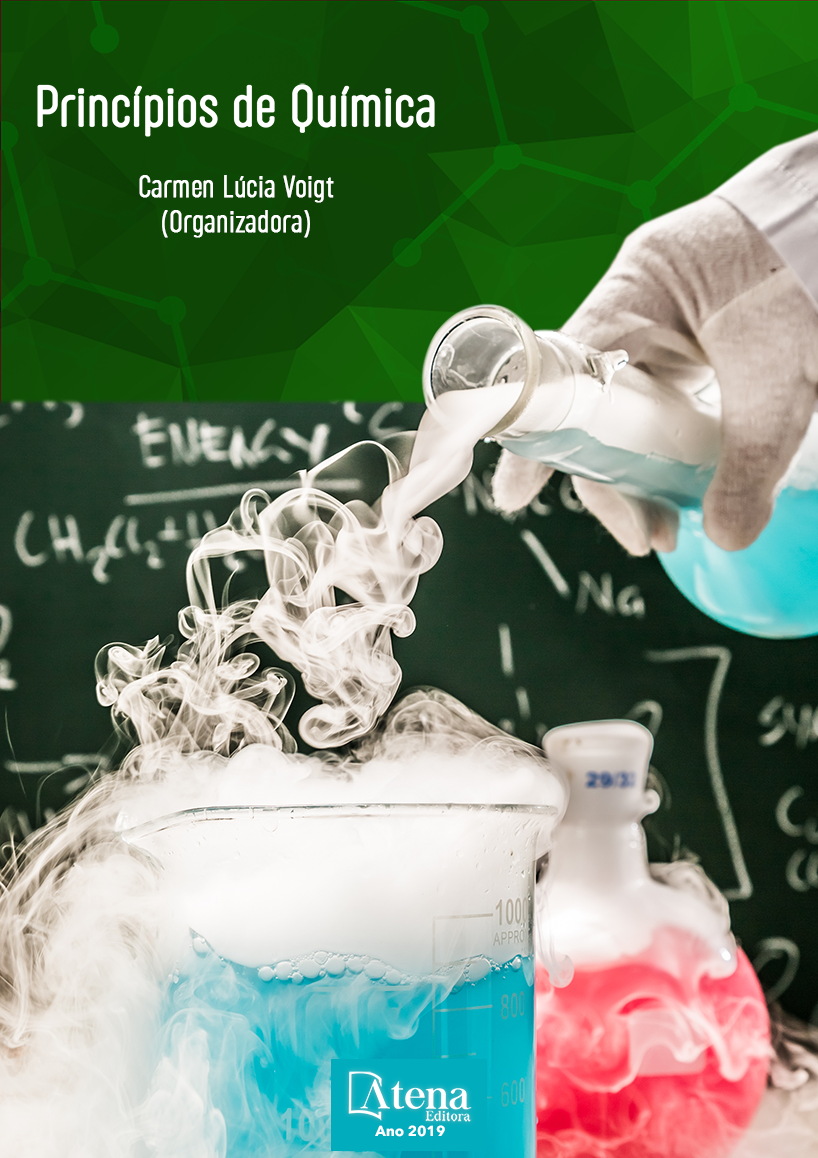
MODIFICAÇÃO TÉRMICA DA ARGILA BRASGEL VISANDO SUA UTILIZAÇÃO NA REMOÇÃO DE NÍQUEL EM SISTEMA DE BANHO FINITO
O processo de adsorção pode ser efetivamente usado na remoção de metais pesados de efluentes. As argilas vêm surgindo como excelentes materiais alternativos no processo de adsorção, isso devido às suas características físico-químicas, sua fácil obtenção e seu consequente baixo custo. O objetivo deste trabalho foi modificar termicamente à 500°C a argila Brasgel e caracterizá-la por meio das técnicas de difração de raios X e adsorção física de nitrogênio, além da realização de ensaios de banho finito em determinadas condições de pH e concentração no sentido de avaliar e comparar a melhor eficiência da argila na remoção de níquel. Foi utilizado um planejamento experimental fatorial 22+3, avaliando o percentual de remoção (%Rem) e a capacidade de remoção (qeq). Observou-se que a argila Brasgel pertence ao grupo das esmectíticas. Os resultados mostraram-se promissores no processo de remoção de metal, com remoção de até 90% de níquel pela argila natural.
MODIFICAÇÃO TÉRMICA DA ARGILA BRASGEL VISANDO SUA UTILIZAÇÃO NA REMOÇÃO DE NÍQUEL EM SISTEMA DE BANHO FINITO
-
DOI: 10.22533/at.ed.22119240617
-
Palavras-chave: Argila; modificação térmica; níquel; Adsorção.
-
Keywords: Clay; thermal modification; nickel; Adsorption.
-
Abstract:
The adsorption process can be effectively used in the removal of heavy metals from effluents. Clays are emerging as excellent alternative materials in the adsorption process, due to their physicochemical characteristics, their easy attainment and their consequent low cost. The objective of this work was to thermally modify the Brasgel clay at 500 °C and characterize it by means of X-ray diffraction and physical nitrogen adsorption techniques, as well as finite bath tests under certain pH and concentration conditions to evaluate and compare the best clay efficiency in the removal of nickel. A factorial experimental design (22 + 3) was used, evaluating the percentage of removal (% Rem) and the removal capacity (qeq). It was observed that the Brasgel clay belongs to the group of smectic. The results showed to be promising in the metal removal process, with removal of up to 90% of nickel by the natural clay.
-
Número de páginas: 15
- Rochelia Silva Souza Cunha
- Patrícia Noemia Mota de Vasconcelos
- Meiry Glaucia Freire Rodrigues
- JOSEANE DAMASCENO MOTA


